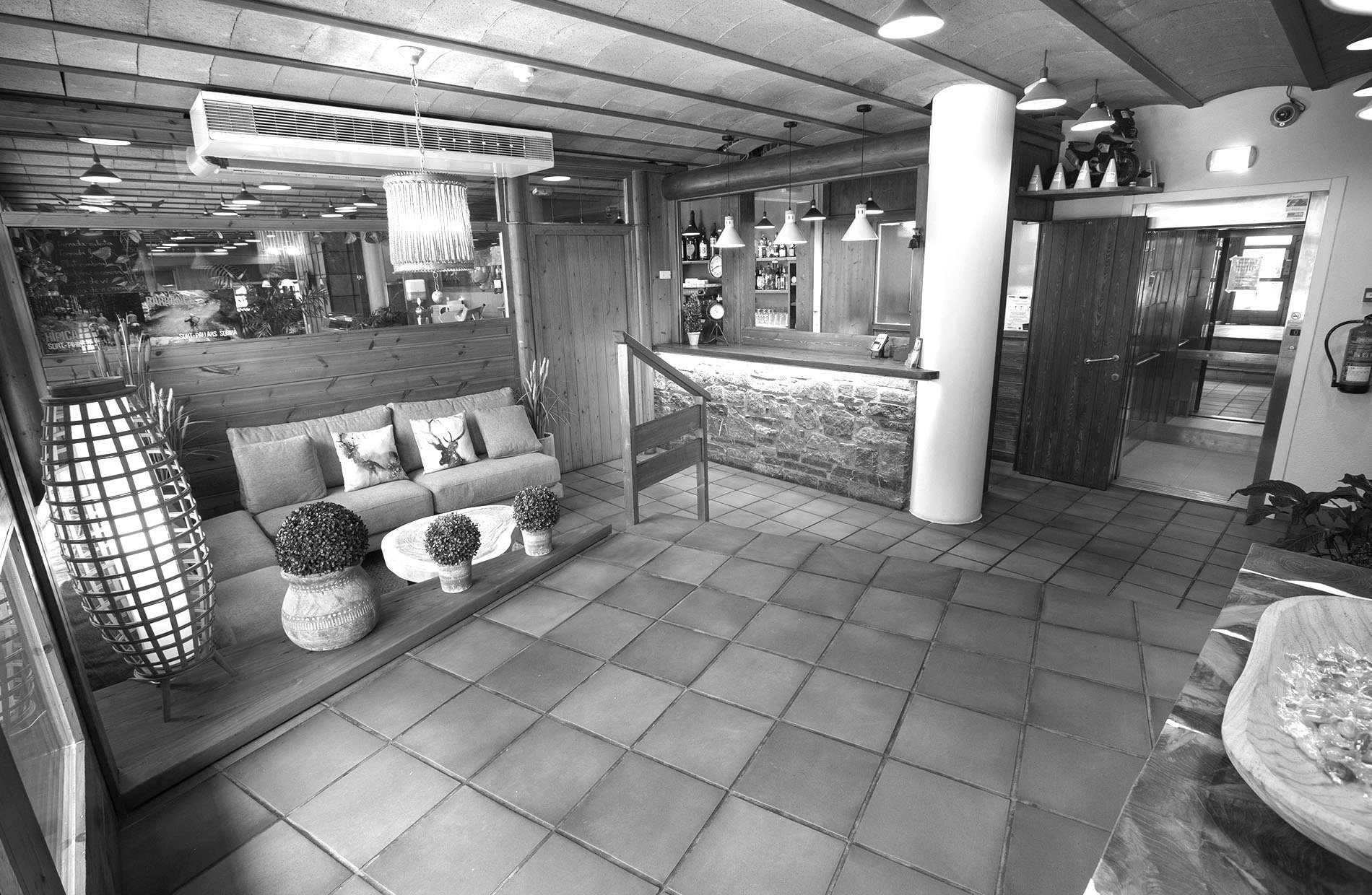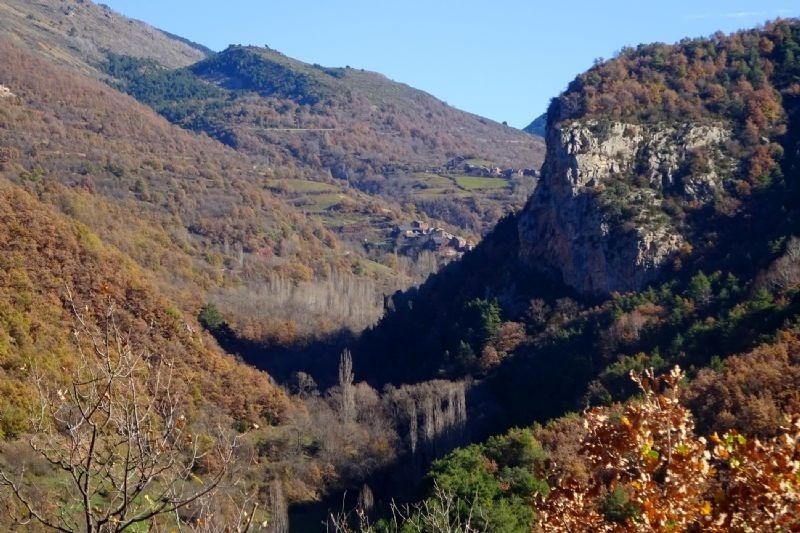An excellent scenic viewpoint and an example of a grouped Pallarés nucleus that still preserves its traditional structure. Located at an altitude of 1,300 m, excellent excursions through the forest can be made from the village.
In the year 1066, the name of Tornafort appears for the first time in the documentation as a result of an agreement made between Count Artal I of Pallars Sobirà, who defined this castle to Count Ramon V of Pallars Jussà.
Tornafort is spoken of in several documents from the 11th century. This population has always been dependent on the county house and forming part of a territory where the viscounts of Vilamur exercise their jurisdiction together with the possessions that depended on the Urgell seat. However, the nearby center of the Malmercat, one of the most powerful families of Pallars at the time, would have extended their domains, at various times, towards the end of the castellanía de Tornafort.
In the 13th century the Castilian name of Tornafort appears for the first time.
In the 16th century, specifically on February 25, 1504, the Duke of Cardona sent a letter to Carlos de Tornafort with the order that "... the fortress be well guarded...".
In the 17th century, thanks to the description of the Marquisate of Pallars and the Viscounty of Vilamur made by Onofre Timbau, we know that in 1628 Tornafort was part of the Marquisate of Pallars and the Viscounty of Vilamur, which has all civil jurisdiction and criminal on its inhabitants. There are 10 houses governed by a mayor and a judge.
1639 is still called the castellanía de Tornafort in a notarial document where the governor of the Duke of Cardona, LLuís de Gomar, presents his arguments to Madalena de Copons, Mrs. de Malmercat, to make the rights of the duke prevail over the castellanía within the context of the numerous litigations that confronted both lordships. The meeting was held in the game called Los Pozos, within the term of Tornafort.
In the 18th century, when the castle would only be a distant memory and its traces were buried under new buildings, the vizcounty of Vilamur became part of the jurisdictional institutions of the marquisate which, in turn, would form part of a superior, royal structure. or state, first called "subveguería de Pallars" and, later, "corregimiento de Talarn".
Tornafort towards modernity (19th and 20th centuries). Towards 1850 the town, like all those of the municipal district of Soriguera and all of Pallars, almost reached its maximum population. In spite of this, the crisis of the subsistence farming model (1870-1910) produced a stagnation of the population in the mountain areas that was felt in the nucleus of the valley and in Tornafort itself.
This period is also marked by a series of years of adverse weather, mainly at the end of the 19th century, and by the negative commercial effects caused by the arrival of phylloxera in the Tremp Basin, which would have repercussions on the mountain cores of the Pallars Sobirà. This economic situation of crisis translated into migratory effects, first seasonal and, later, permanent, towards Barcelona and the big capitals.
Despite the crisis, modernization was prevailing, mainly in infrastructure and equipment. The progressive transformation of the livestock structures facing the production of cow's milk largely based the economy of towns such as Tornafort. The civil war (1936-1939) affected the town in many aspects. The fact that the two fronts were installed and that the neighbors had to be evacuated had repercussions on the urban fabric in various ways.
In 1979 the residents of Tornafort asked the town hall and the Generalitat to be a Minor Municipal Entity, but the procedures remained unresolved. In 1999, twenty years after the residents of the town had asked to become a Minor Entity, the process was resumed. In July 2004, the Generalitat approved the constitution of the Decentralized Municipal Entity of Tornafort
source: http://ow.ly/of2zG & http://ow.ly/of2AO







